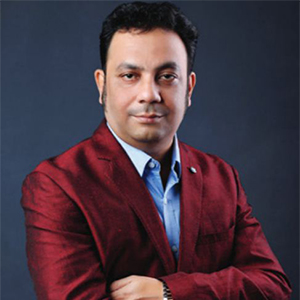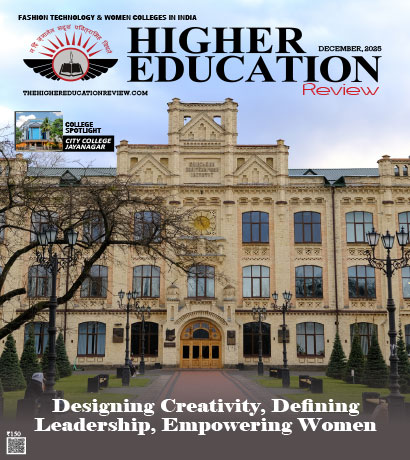Indian Media and Entertainment Industry towards an Impressive Growth Path
 The Indian media and entertainment sector is one of the fastest growing industries in the country we have seen phenomenal growth in this industry. The Indian Media and Entertainment (M&E) industry is a very potential sector for the economy and is making high growth strides. Proving its resilience to the world, the Indian M&E industry is on the cusp of a strong phase of growth, backed by rising consumer demand and improving advertising revenues. The industry has been largely driven by increasing digitisation and higher internet usage over the last decade. Internet has almost become a mainstream media for entertainment for most of the people. The Indian Media and Entertainment industry is on an impressive growth path. The industry is expected to grow at a much faster rate than the global average rate. However the concern is that the media industry per say is yet not very organized. Today, there are over 300 media or journalism schools at the university and non university systems. All these journalism and media schools offer courses at bachelor, master and post graduate diploma and diploma levels encompassing all media including print, broadcast and internet. Only courses that fall under the University system are under the purview of the UGC (University Grants Commission) and or State Governments who both fund Universities and also lay guidelines on curriculum and systems (including faculty recruitment). Private Universities that have emerged in the last few years in India are also mandated to follow certain set systems and procedures set by the MHRD. Other non-university institutes or courses do not fall under any legal authority or need to follow any set standards. The situation gets further complicated by several uncertified course run by reputed media organizations. Several institutes also started these courses without having enough infrastructures. Teachers have little experience as academics or professionals.
The Indian media and entertainment sector is one of the fastest growing industries in the country we have seen phenomenal growth in this industry. The Indian Media and Entertainment (M&E) industry is a very potential sector for the economy and is making high growth strides. Proving its resilience to the world, the Indian M&E industry is on the cusp of a strong phase of growth, backed by rising consumer demand and improving advertising revenues. The industry has been largely driven by increasing digitisation and higher internet usage over the last decade. Internet has almost become a mainstream media for entertainment for most of the people. The Indian Media and Entertainment industry is on an impressive growth path. The industry is expected to grow at a much faster rate than the global average rate. However the concern is that the media industry per say is yet not very organized. Today, there are over 300 media or journalism schools at the university and non university systems. All these journalism and media schools offer courses at bachelor, master and post graduate diploma and diploma levels encompassing all media including print, broadcast and internet. Only courses that fall under the University system are under the purview of the UGC (University Grants Commission) and or State Governments who both fund Universities and also lay guidelines on curriculum and systems (including faculty recruitment). Private Universities that have emerged in the last few years in India are also mandated to follow certain set systems and procedures set by the MHRD. Other non-university institutes or courses do not fall under any legal authority or need to follow any set standards. The situation gets further complicated by several uncertified course run by reputed media organizations. Several institutes also started these courses without having enough infrastructures. Teachers have little experience as academics or professionals.
While the Indian Media industry is expected to grow exponentially, it is yet to create significant number of jobs in the market, also considering the number of students graduating from Indian journalism and media schools every year. Though India is now experiencing a media boom, however the state of media education is not very promising. It finds no mention in school and college programmes in general. Media education is normally imparted in the form of workshops, seminars, or as one subject in the school/college curriculum. The older day media educators are not able to comprehend the present day media technologies. The developments in the media have gone beyond their grasp. But there are no serious attempts on the part of the media centres to deal with the situation. Most of the media education teachers are self-taught. Most of them have neither studied about the media nor have any working experience in the media.
Though there are very few innovations being adopted in the field of media education. Most of these degree courses are outdated, textbook oriented and not in sync with the market demands. More so, media education enjoys a low priority in educational institutions and communication centres. Clearly, media education is at cross roads in India. While the number of institutes and universities offering media education is increasing, the faculty dilemma is something that is still addressable. Focused attempts like research resources, networks, platforms for interaction with Industry and specialized training programs, can still help improve standards of education in this sector. As per the view of Industry experts, key concern today is lack of relevant platforms and interest of both the industry and the academia in interacting for a larger vision or framework for journalism education in India. The review of existing literature and opinion of media experts do point at various initiatives that urgently need to be addressed to make media education in our country more relevant to this sector, and also to the nation. These include more synergy and forums for interaction between industry and academic communities; procedure for designing courses and regular reviewing courses; mechanisms to support improvements in quality, for example by learning from the experience of others, sharing good practice and ways of supporting faculty.
For creating value to the dynamic media sector, media education needs to be more quality conscious and relevant in terms of curriculum, resources, faculty development, research, management practices and industry interface. On the other hand, efforts are required to systematically address the inconsistency in the courses and delivery system of varied courses and bring in certain quality and standards to media education in India.

